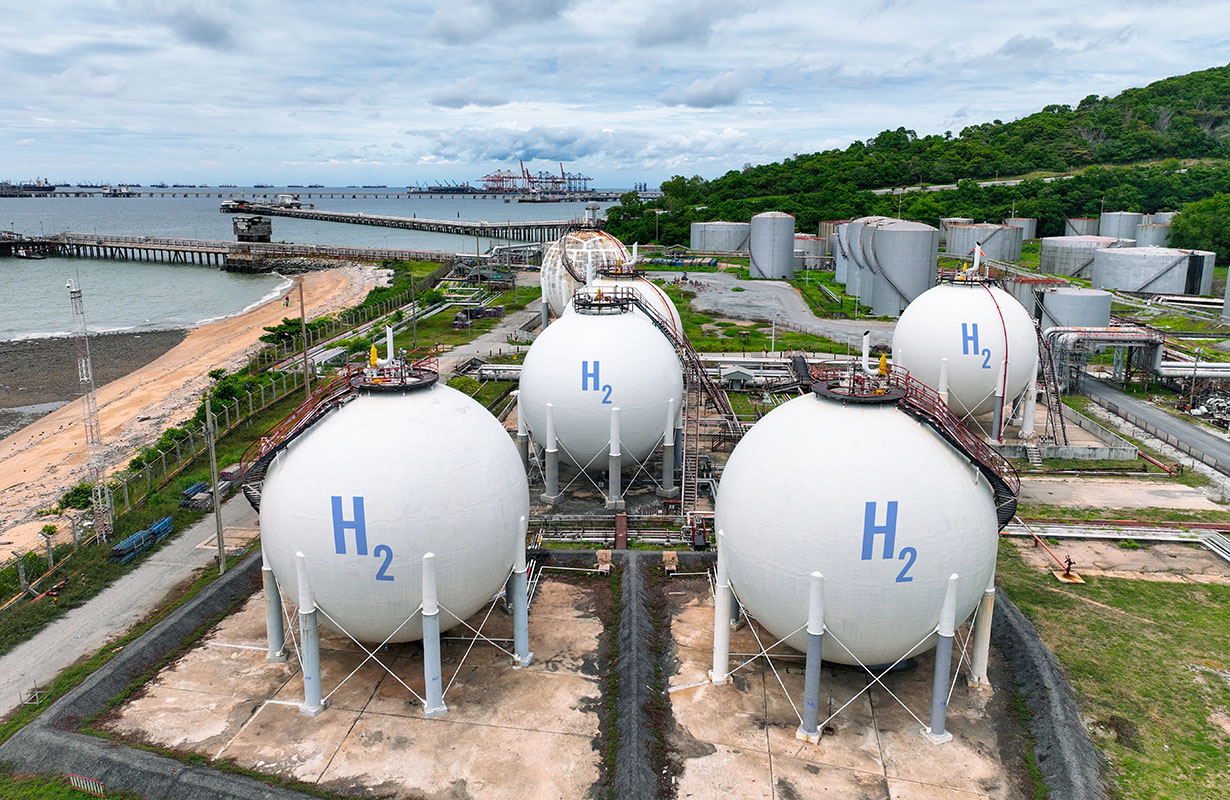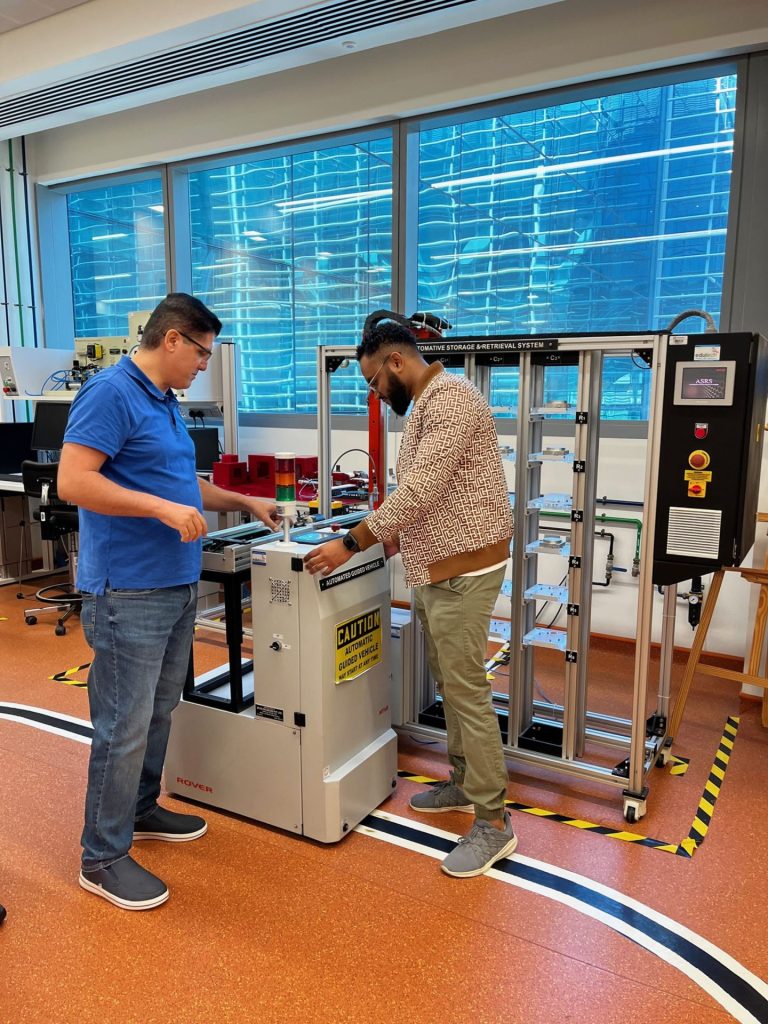Green national power grids edge one step closer
Optimizing hydrogen-based energy systems avoids the pitfalls of green energy generation.
As rooftop solar panels and small-scale wind turbines rapidly multiply across the globe, they deliver increasing amounts of green electricity but not without challenges. When the sunlight fades or the wind dies down, electricity generation is interrupted, placing stress on a grid designed for steady supply. Without coordination and the capacity to store energy, balancing supply and demand across renewable-rich power grids becomes difficult, risking wasted energy or even blackouts.
A potential solution is to use hydrogen-based energy systems (HES). By converting surplus renewable energy into hydrogen, storing it, and turning it back into electricity when demand spikes, HES could reshape the way power grids function. But integrating HES into the existing power infrastructure also presents a range of technical challenges.
Researchers at Khalifa University’s Advanced Power and Energy Center (APEC), working in the Smart Operation Lab, have developed a computational framework that integrates key HES components to optimize the performance of renewable-rich, HES-based power grids.
“Under the National Energy Strategy 2050, the UAE hopes to become a global leader in low-carbon hydrogen production, innovation, and export,” says engineer Ameena Al-Sumaiti. “However, existing detailed models treat each component – the electrolyzer [for producing hydrogen], storage, transport and fuel cells [for hydrogen utilization]– in isolation. This fragmented view limits performance optimization and fails to reflect real-world operational challenges,” she says.
“The model can also forecast uncertain variables such as solar output and demand, and hedge against worst-case scenarios.”
Ameena Saad Al-Sumaiti
Al-Sumaiti and PhD candidate Mohamed Elsir have instead built a holistic framework for the entire HES set-up. Their model takes in the full journey of hydrogen. This starts with the production of hydrogen by the electrolyzer, which uses green energy to split water into hydrogen and oxygen. It continues through its transportation, including via trucks containing liquid organic hydrogen carriers (LOHC); and ends with its conversion back into electricity using fuel cells. All this is wrapped in with coordination of the ebbs and flows of energy across the grid. The model also factors in other dynamic behaviors across the system, ranging from startup and shutdown of hydrogen production to factors that affect hydrogen delivery.
“The model accounts for route limitations and logistics during delivery,” says Al-Sumaiti. “It can also forecast uncertain variables such as solar output and demand, and hedge against worst-case scenarios.”
Their modeling shows that incorporating HES into a renewables-rich energy network can reduce the loss of excess energy by up to 99% and lower emissions by more than 26%. Optimizing hydrogen logistics and demand responses reduces grid system costs by 11% or more.
The framework also optimizes the system’s resilience in the face of rising climate unpredictability, Al-Sumaiti adds.
The researchers hope to conduct pilot studies with industry partners, integrating the framework with other aspects of HES, including smart sensors for real-time updates. They also plan to expand their model to include hydrogen trading between countries.
“We welcome collaboration with industry partners, investors, and stakeholders who share our vision to accelerate the practical adoption of this framework,” says Al-Sumaiti.
Reference
Elsir, M., & Al-Sumaiti, A.S. A holistic risk-aware coordinated framework for coupled hydrogen transport, LOHC storage, and rich renewable grid optimization. Appl. Energy 392, 125979, 2025 | Article




